
GM has unveiled the seventh generation of one of America’s iconic sportscars, the 2014 Chevrolet Corvette Stingray.
The original Stingray debuted nearly 50 years ago, marking the first Corvette model to feature independent rear suspension and a tapering rear deck. Other distinctive features of the car included non-functional hood vents, hidden headlamps, and a split rear window. Successive generations incorporated styling changes and more powerful engines, but these could not stop the car from slipping behind competitors such as Porsche, Lamborghini and Ferrari.
The new car features a mix of an evolutionary design with cues from the original Stingray along with modern touches. There is the traditional steeply-raked windshield and long nose, with quad exhaust pipes and tail lamps. The nose though is now topped off with new LED accent lights, and a chrome bar splits the grille below the bumper. The louvres on the hood and the ports behind the front wheels are not merely for show but are functional. The rear quarter windows too have been redesigned after many years. The body panels are largely made of carbonfibre, to save weight without compromising on strength. There still is however a fair bit of fibreglass, characteristic of the Corvette line.
The interior has undergone a raft of changes. There are two display screens – an 8” one to show critical data required by the driver, and another large one to operate the infotainment system and other vehicle functions. The company claims to have created two separate front seat designs, for track-minded customers and for regular everyday drivers. The car is powered by a 6.2 litre V8 direct-injection LT1 aluminium engine with continuously variable valve timing, belting out 456.2 PS and 610 Nm. The car races from standstill to 100kph in around 4.0 seconds. The powerful engine also manages to be very efficient, with half of the cylinders shutting down when high power is not required.
The car is available with either a six-speed paddle-shift automatic transmission or a new seven-speed manual, claimed to be only the second of its type after the Porsche 911. The ‘Active Rev Match’ system on this transmission blips the throttle as per the engine speed during upshifts and downshifts. There is a ‘Drive Mode Selector’ that has a choice of five modes – Weather, Eco, Tour, Sport, and Track – and changes 12 attributes including traction control and steering feel. The car uses an aluminium structure to replace its steel underbody, adding 57% stiffness and shedding 45 kg of its weight. Composite materials for key body panels and carbonfibre for the bonnet and removable roof panel shave off a further 17 kg. These are likely to bring its total weight below 1,400 kg and beat the standard versions of the 911 and R8 when it comes to the power-to-weight ratio.
Production of the car is unlikely to begin before mid-2013 and prices will be announced only close to the actual launch. European competitors beware – an icon from the land of the star-spangled banner might just race past!










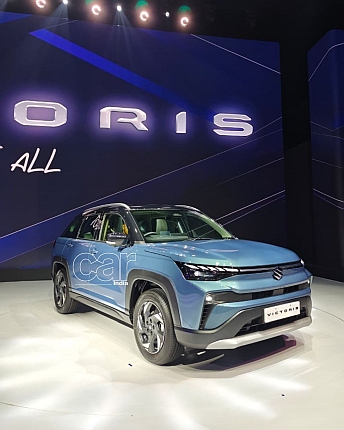

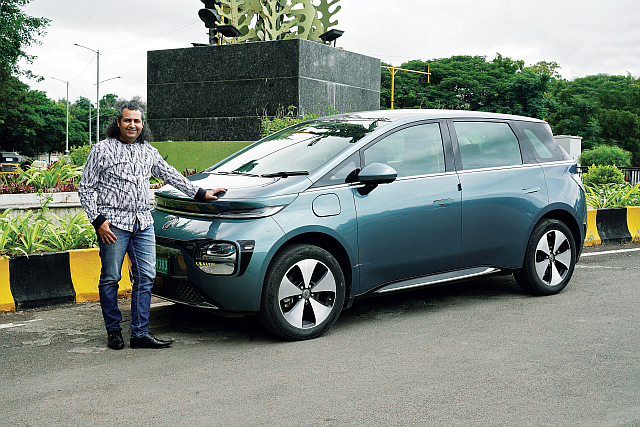
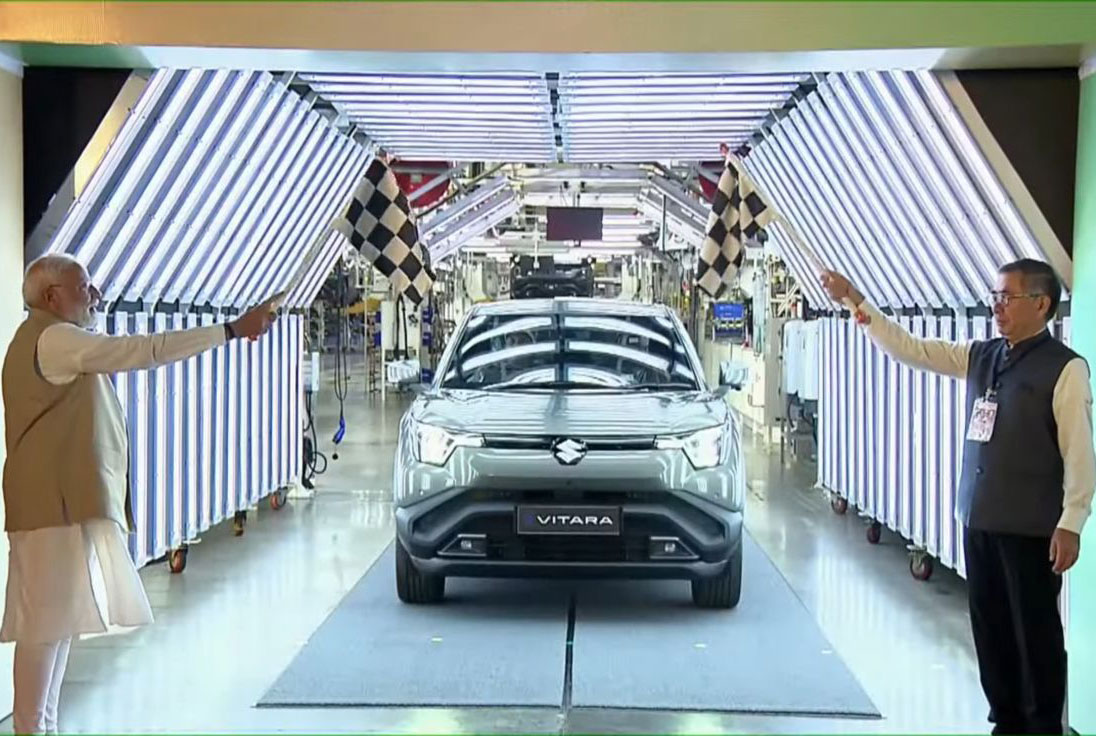
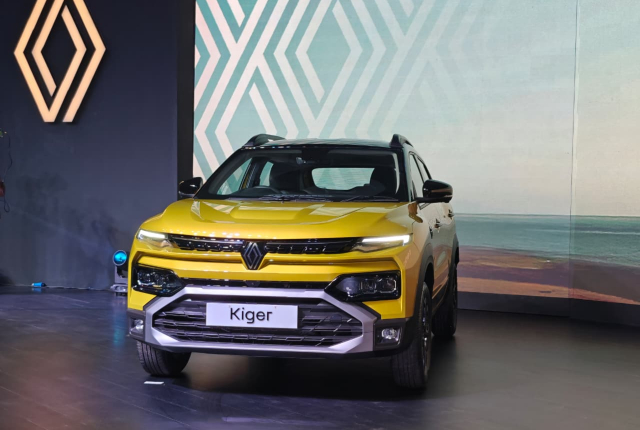

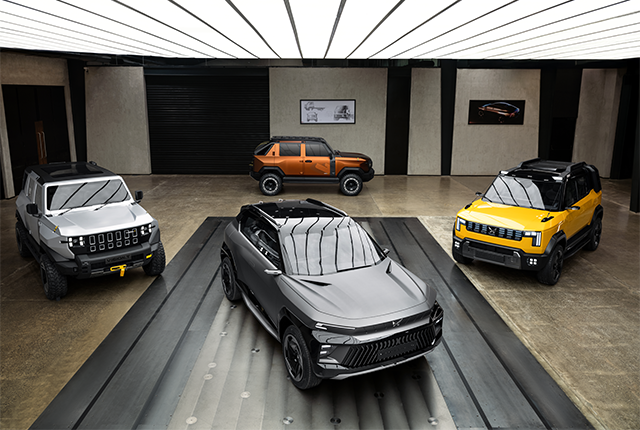
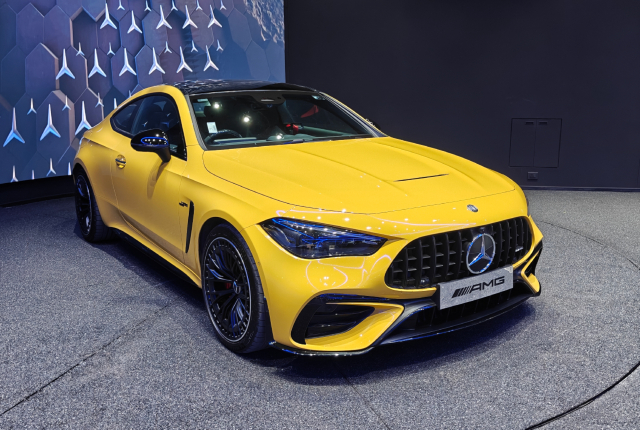




Leave a Reply